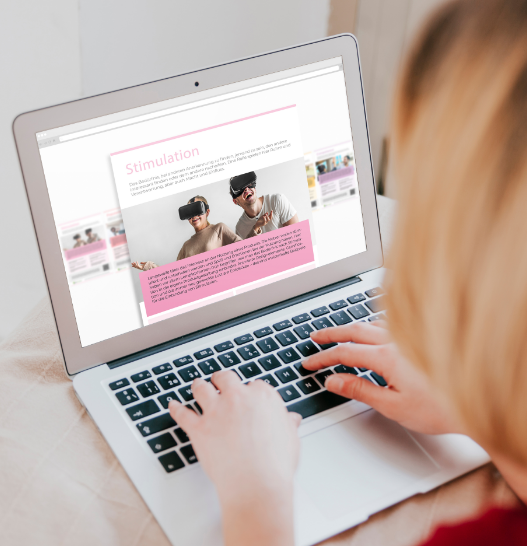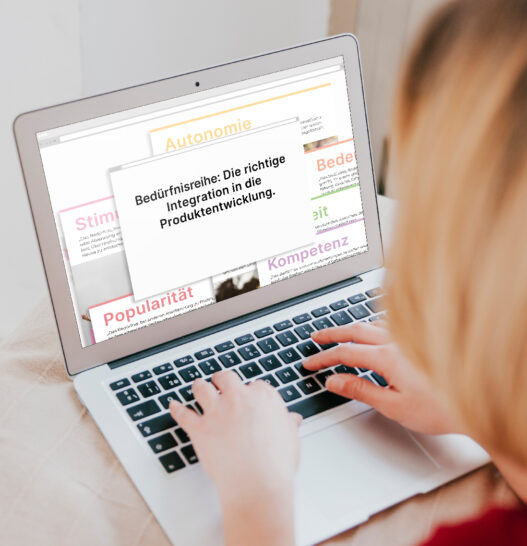The usability and user experience sprint is the method of choice for agile development teams.
Just like in the classic usability and user experience test, the user is directly confronted with a version (paper prototype, click dummy, finished product) of the product.
The user is then given typical tasks with the product (e.g. when testing an email program: Please send an email to the following address …) which he has to solve on his own.
The path taken by the user is noted, as well as positive and negative comments and any errors in operation.
How does a usability and user experience sprint work?
We have adapted the usability and user experience sprint in the best possible way to the needs of teams with agile development.
This means that the focus of the usability and user experience sprints is clearly on defining the development goals for the next sprint and not on uncovering as many errors as possible once.
Accordingly, the usability and user experience sprint is shorter than the classic usability and user experience test (in terms of preparation, execution and evaluation of results) and takes place at regular intervals.
The intervals of the sprints are determined by the length of the development sprint and adapt to its rhythm. This makes it possible, for example, to test the new status every second Thursday at the end of a development sprint and to complete the test execution and solution development within one day.
In this way, the usability and user experience sprint prevents the tested and current product versions from diverging and delays in the development process.
For the execution of our usability and user experience sprints and their evaluation, the presence of the development team is a mandatory requirement.
The usability and user experience sprint answers these questions:
- Is my product understood by the user?
- Where should I place elements (e.g. buttons, menu, menu sub-items) in my interface?
- How do users like the visual design of my interface?
- Is there anything about my product that annoys or excites my users?
- What change requests do my clients have?
- What general usability problems does my product have?
- Does the user want to use my product?
- How does the user experience the first contact with my product?
- Where do problems (e.g. errors, waiting times, getting “lost”) occur when using my product?
- Does the design of my interface support users in their tasks?
- How do users rate different variants of my product or my product compared to a competitor’s product?
- What are the 5 most relevant user problems?
- What should I work on in the next development sprint?
How does a usability and user experience sprint work for us?
Let us find out together whether a usability and user experience sprint is the right method for your issue and how a collaboration works in detail. You can find our contact details here.
Not the right method for your question?
In our method assistant we have compiled the most important methods for the most typical questions. Try out the method assistant and find exactly the right method for your question: Click here for the method assistant.



